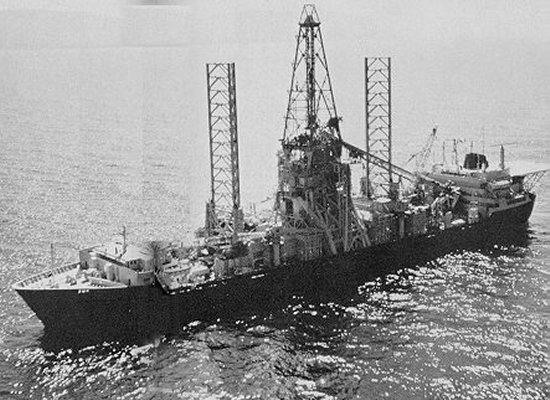The United States' Central Intelligence Agency once partially recovered a sunken Soviet ballistic missile submarine from the Pacific Ocean floor. You can read more about it here:
Project Azorian
Project Azorian wasn't completely successful. The target submarine, K-129, broke into two pieces during recovery, and none of the ballistic missiles were successfully captured. Despite that, and the dearth of information available on Azorian, it's reasonable to think that the torpedoes and cryptographic equipment obtained were a tremendous Cold War prize for the CIA and the west in general. The synchrony of events required for all this to work out: K-129's intact sinking, the Soviet Navy's failure to locate her, USS Halibut's successful find, the Hughes cover story, and the mostly-successful operation of the Glomar Explorer, is remarkable. Once the details are all known, Project Azorian is sure to be a canonical example of complex engineering operations in secret in a hostile environment.

No comments:
Post a Comment